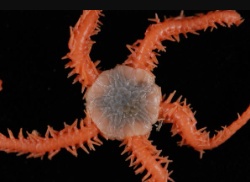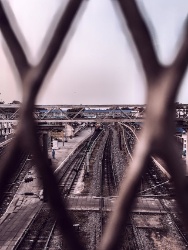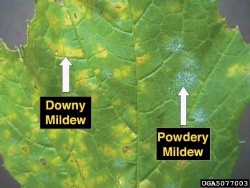Artificial Lawns Keeping Children Safe In The Playground
The ground surrounding a playground used to be entirely made of concrete before developers realised that bark was a better material for softening falls and preventing skinned knees. However, as safety improvements for school playgrounds have continued to develop, more and more designers of school playgrounds and fields are realising the value of using artificial grass instead.
Natural grass requires many lawn care chemicals as part of its regular maintenance. Plus, it needs a lot of watering. With fake grass, there are none of these issues. It requires no chemicals to be added, it’s low maintenance, and it doesn’t pose a potential allergen risk to children who may be allergic to natural grass.
Many schools are selecting synthetic grass to help meet accessibility requirements. Getting across artificial grass on a wheelchair is much easier than trying to roll over natural grass, which could be muddy and uneven in winter. The same goes for anyone using crutches or those who have experienced vision loss – a more even surface with a consistent texture is far easier to navigate.
As playgrounds are generally used year-round, the surface underneath must be durable enough to stand up to countless hours of play. Many schools are choosing artificial grass because it lasts for many years, so there’s no need to spend thousands of dollars on replacing the ground surface regularly. It is also safer, as it doesn’t get muddy or sodden when it rains, causing less slippage.
The reason that many playgrounds use bark is that it can absorb the impact when a child falls or jumps onto the ground. Artificial grass in playgrounds includes a special underlay called ’shock-pad’ which is installed underneath the grass - this helps the surface absorb more impact from falls compared to bark, keeping children safe.


 Earth Sciences New Zealand: New Zealand Part Of Hidden Global Deep-Sea Network Beneath The Waves
Earth Sciences New Zealand: New Zealand Part Of Hidden Global Deep-Sea Network Beneath The Waves The Rail Advocacy Collective: Government’s Transport Policies Are Flawed
The Rail Advocacy Collective: Government’s Transport Policies Are Flawed Environmental Protection Authority: EPA Approves New Fruit Fungicide
Environmental Protection Authority: EPA Approves New Fruit Fungicide Science Media Centre: Landmark Climate Change Case This Week – Expert Reaction
Science Media Centre: Landmark Climate Change Case This Week – Expert Reaction Stats NZ: Total Greenhouse Gas Emissions Rise 0.9 Percent In The March 2025 Quarter
Stats NZ: Total Greenhouse Gas Emissions Rise 0.9 Percent In The March 2025 Quarter Commerce Commission: ComCom Finds No Evidence Of Cartel Behaviour In Banks’ Involvement In Net-Zero Banking Alliance
Commerce Commission: ComCom Finds No Evidence Of Cartel Behaviour In Banks’ Involvement In Net-Zero Banking Alliance


